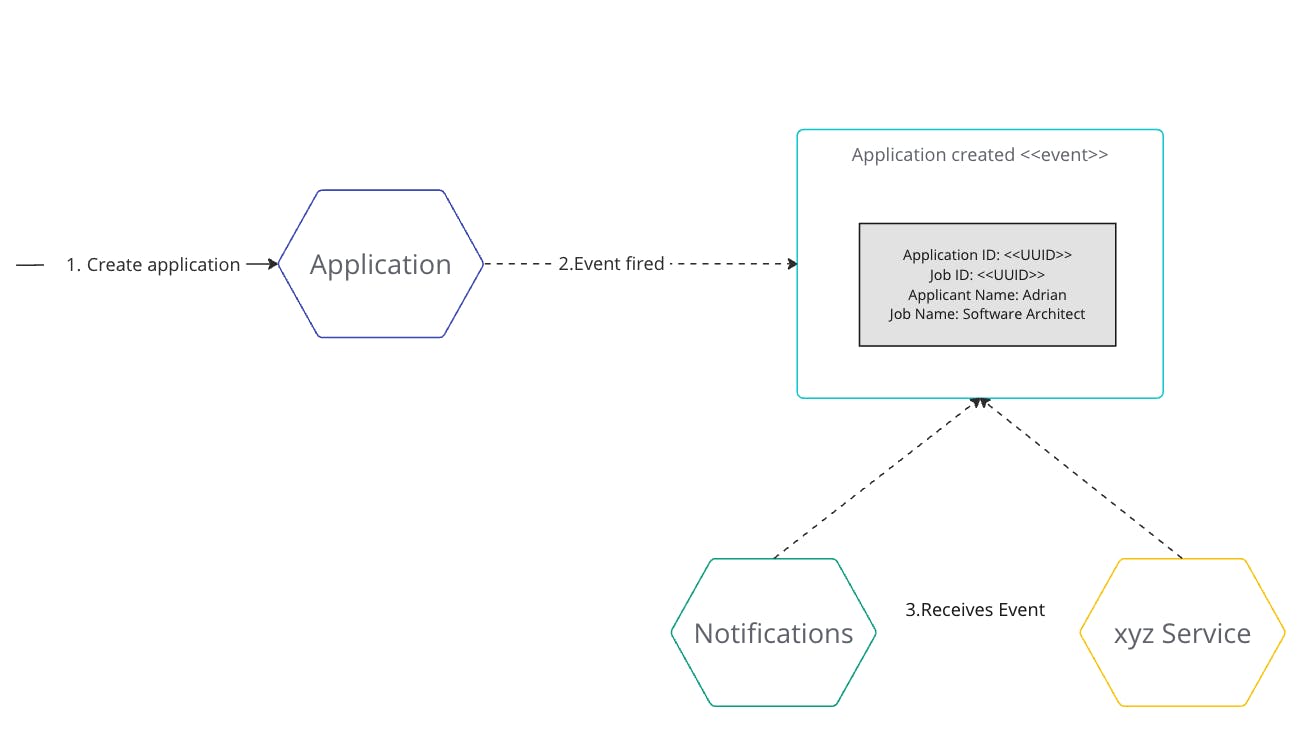A fundamental aspect that makes microservices truly effective is how they communicate. This post dives into the world of event-driven communication in microservices. We will explore how to implement it, understand the structure of an event, and discern the scenarios best suited for its application.
Implementation
1.1: Understanding Event-Driven Communication
Before diving into implementation, it’s crucial to understand the concept of event-driven communication. Unlike traditional request-response communication, event-driven systems operate by producing and consuming messages. These messages or events signify a state change and enable microservices to communicate asynchronously.
1.2: Tools and Technologies
There are several tools and technologies that facilitate event-driven communication in microservices, such as Apache Kafka, RabbitMQ, and AWS SNS/SQS. Apache Kafka is often favored for high-throughput and fault-tolerant messaging, while RabbitMQ is a popular choice for its advanced routing features. Cloud-based solutions like AWS SNS/SQS offer scalability and ease of integration.
1.3: Setting Up The Infrastructure
When implementing an event-driven architecture, the initial step involves setting up a message broker (like Kafka or RabbitMQ). It's essential to ensure that the broker is highly available and fault-tolerant. Depending on your technology stack, you may also need to configure publisher and consumer services.
1.4: Producing and Consuming Events
Microservices can act as event producers, consumers, or both. Producers publish events to the message broker, while consumers subscribe to topics of interest. It’s important to manage the event processing to avoid data inconsistency or losing events.

What's in an Event?
2.1: Anatomy of an Event
An event typically consists of:
Event ID: A unique identifier for the event.
Event Type: Describes the nature of the event (e.g., ApplicationCreated).
Event Payload: Contains the data associated with the event.
Metadata: Additional information such as the timestamp, producer information, etc.
2.2: Designing Events
When designing events, it's crucial to keep them self-contained and expressive. Including relevant data in the payload eliminates the need for consumers to make additional requests for information. However, avoid overloading the payload as it can lead to complex processing and slower communication.
Where to Use It
3.1: Scalable Systems
Event-driven communication shines in systems where scalability is a priority. The decoupling of services allows the system to easily scale different components based on demand.
3.2: Complex Business Processes
In scenarios where business processes span across multiple services (such as an e-commerce checkout process), event-driven communication helps in coordinating these processes more efficiently.
3.3: Real-time Data Processing
For systems that require real-time data processing like monitoring or analytics, the asynchronous nature of event-driven communication is invaluable.
Conclusion:
Event-driven communication is important for making microservices work better, stronger, and easier to manage. Knowing how and when to use events can improve how well your microservices system works. Use event-driven communication carefully, considering your system's needs and complexity.


